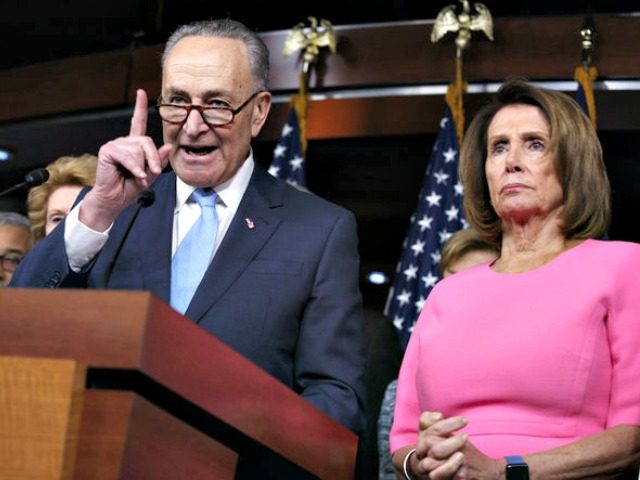
By: Jackson Garner
Congress looks a little different these days. With the swearing in of the 113th Congress in January, 20 women entered the Senate chambers alongside their 80 male colleagues. While females make up 50 percent of the total population in the United States, it was the first time in history the representation of women in the Senate hit 20 percent of its total membership. What is even more remarkable are the “firsts” within this historic 20 percent. To name just a couple, Tammy Baldwin, D-Wis., is the first openly gay Senator and Mazie Hirono, D-Hawaii, is the first Asian-American woman to serve in the Senate. Even though Senate demographics are beginning to more closely resemble those of America at large, whether this has translated into a shift in policy or attitudes remains in question.
Just as voters espouse a wide range of interests and identities, the officials they elect cannot be pigeonholed into one partisan category based on a sole characteristic such as gender. The select group of female Senators includes women across the political spectrum, from the liberal Diane Feinstein, D-Calif., to conservative Deb Fischer, R-Neb. The wide range of ideologies and platforms on which these women ran will make it near impossible that they all vote “Yea” on the same roll call vote. However, the feeling among the new group is that they will be able to work together in a more cooperative environment. According to Sen. Maria Cantwell D-Wash., women “leave their ego at the door and are more consensus builders.” Her fellow 19 female Senators express these same sentiments, but do they have the power to do so?
While it took almost 150 years after the Constitution was written for a woman to be elected to the Senate, it surely won’t take women that long to be a force in the chamber despite their relatively small numbers, according to Sen. Kelly Ayotte R-N.H. Some of the most powerful committees, like Appropriations and Budget, are headed by Sen. Barbara Milkulski, D-Md., and Patty Murray D-Wash., respectively. Many people see the committee chairs as the most powerful members of the Senate, right below the Majority Leader. Some suggest that even having a female legislator at the table, whether in a leadership position or not, brings different views and perspectives that their male colleagues might skip over just because it never crossed their minds. Others argue that even having women in the legislature increases the chances that other females who want to run for office will take the next step and enter the race through a role-model effect. Murray (who is also the Democratic Conference Secretary), possibly trying to seize this role-model effect, helped recruit four of the new female Democratic Senators that were sworn in to their seats in January. Even though women now serve as chairmen of nine committees (which is historic), the number is skewed heavily in favor of the Democratic Party. The four Republican female Senators neither serve as chairs nor in the upper echelons of John Boehner’s “cabinet” of fellow Republicans. This discrepancy in influence or power, as some might perceive it, hinders the cooperation factor that these 20 Senators were hoping to achieve between parties to a degree.
It could be true that women in the Senate might help bring compromise to the table during policy debates, but that is hard to judge since many of the negotiations are hammered out away from the limelight of cameras, as cooperation usually does not make for a sexy storyline. The current Congress has only been in session together for four months, not giving ample time to test whether this new group will bring about change. But during the past four months the raging battles that rocked the 112th Congress have continued into the 113th, especially those regarding the budget. Granted, this could be attributed more to the characteristics of the heated, divided government rhetoric that has gripped the past several Congresses or simply to the fact that some of the freshmen female Senators are just trying to earn seniority before diving head first into the policy thickets. Only time will tell.
But is there one issue that brings all of them together under one umbrella fighting for the same objective? You bet: bathrooms. Sen. Amy Klobuchar, D-Minn., recounts a “traffic jam” moment inside the women’s bathroom since there are only two stalls outside the Chamber- far fewer than the males have. The architects most likely did not calculate that there would ever be more than a small handful of female Senators. Man, were they were wrong.

